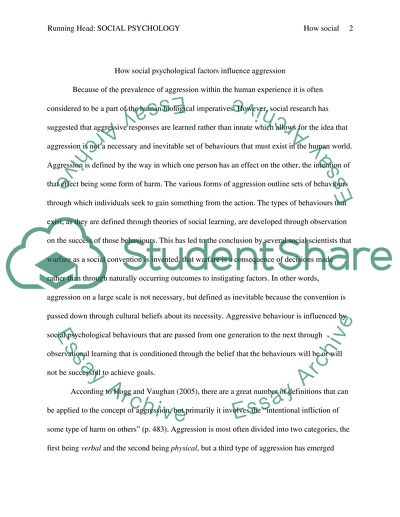Cite this document
(“How Social Psychological Factors Influence Aggression Essay”, n.d.)
Retrieved from https://studentshare.org/psychology/1441131-explain-how-social-psychological-factors-influence
Retrieved from https://studentshare.org/psychology/1441131-explain-how-social-psychological-factors-influence
(How Social Psychological Factors Influence Aggression Essay)
https://studentshare.org/psychology/1441131-explain-how-social-psychological-factors-influence.
https://studentshare.org/psychology/1441131-explain-how-social-psychological-factors-influence.
“How Social Psychological Factors Influence Aggression Essay”, n.d. https://studentshare.org/psychology/1441131-explain-how-social-psychological-factors-influence.


